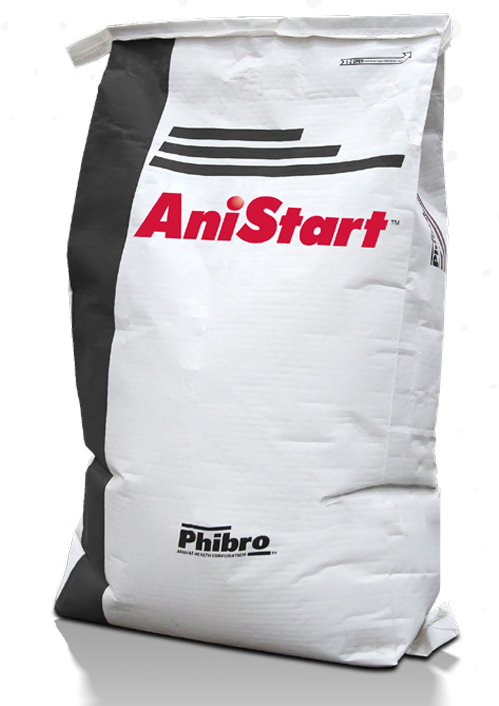Opportunities / Challenges
Products
Customer stories
Knowledge base
About us
English (UK)

MENU





